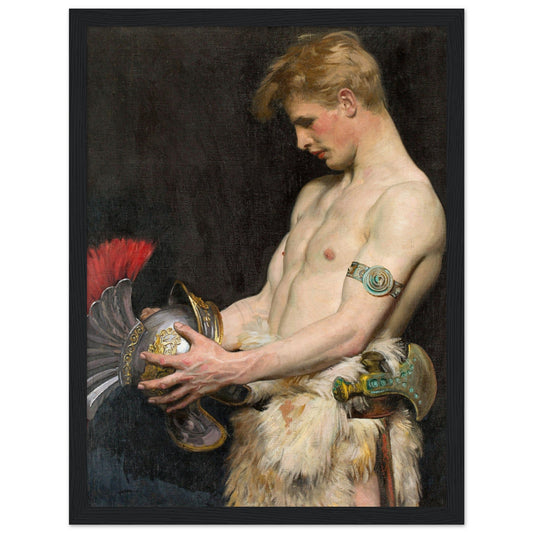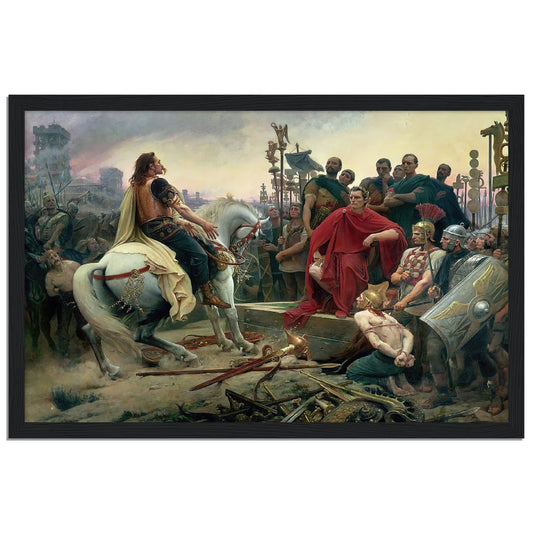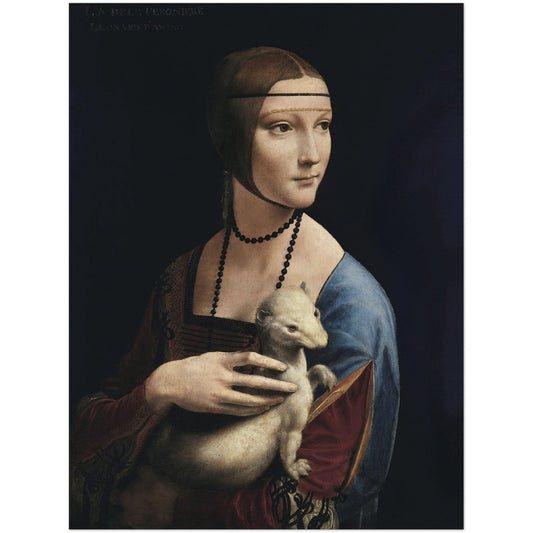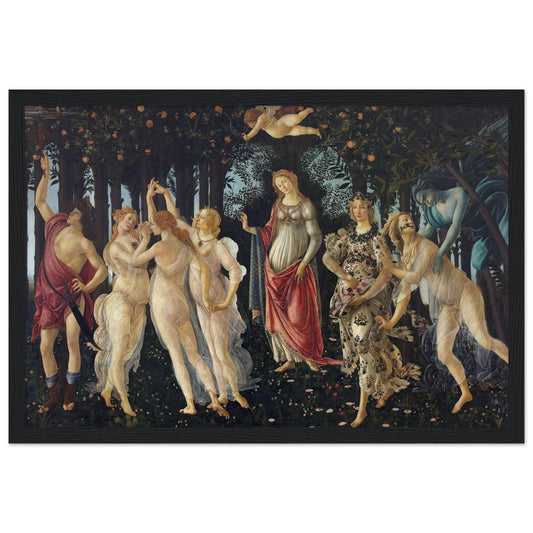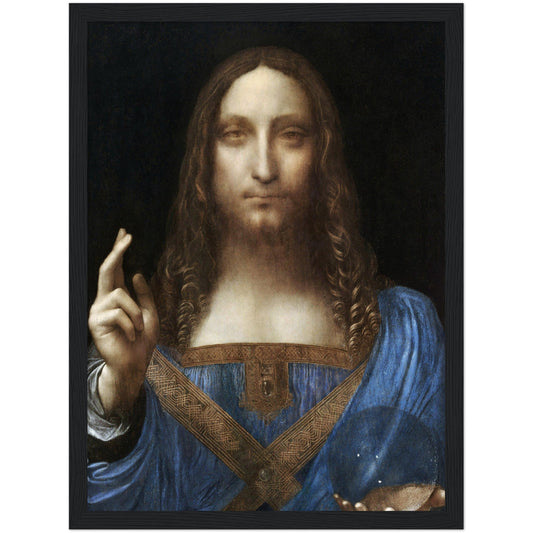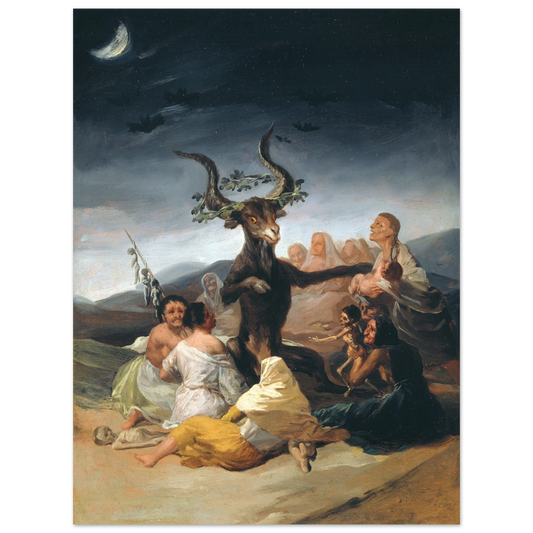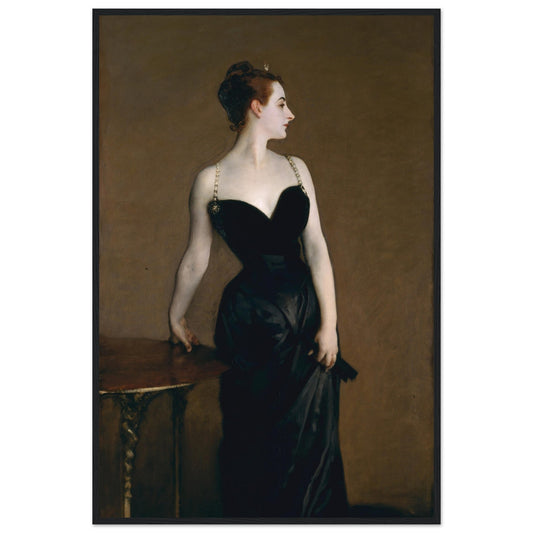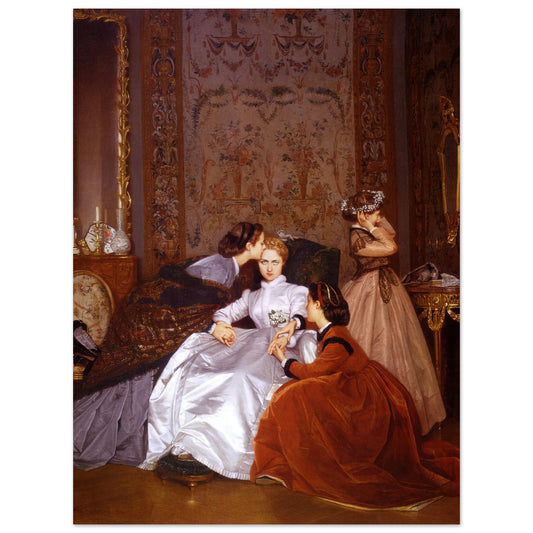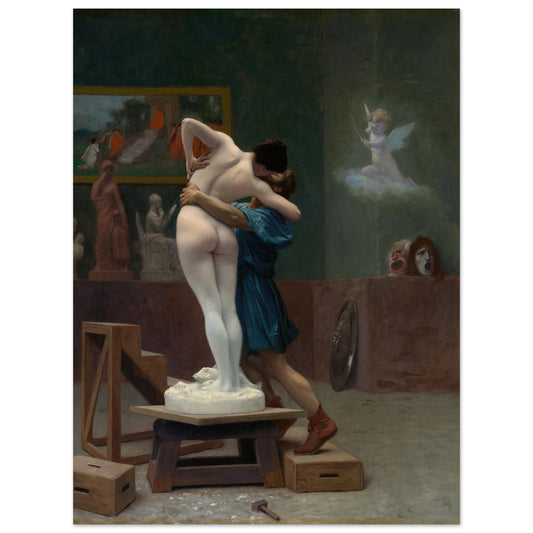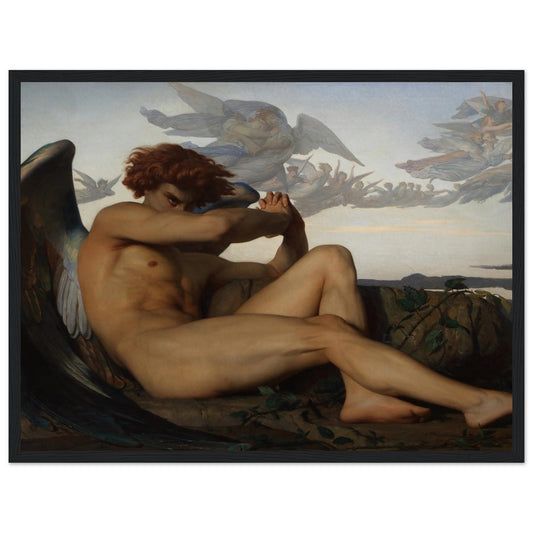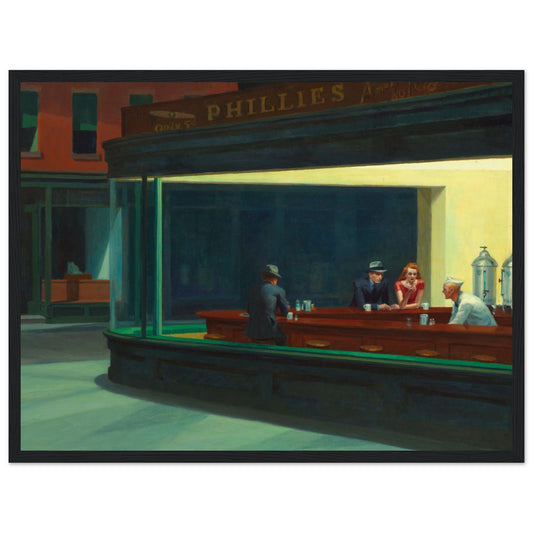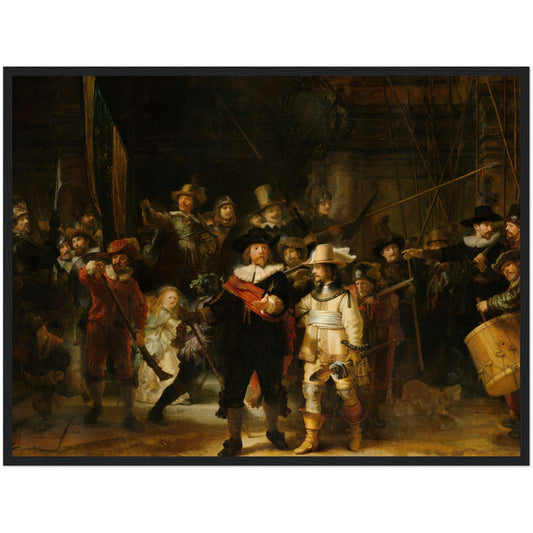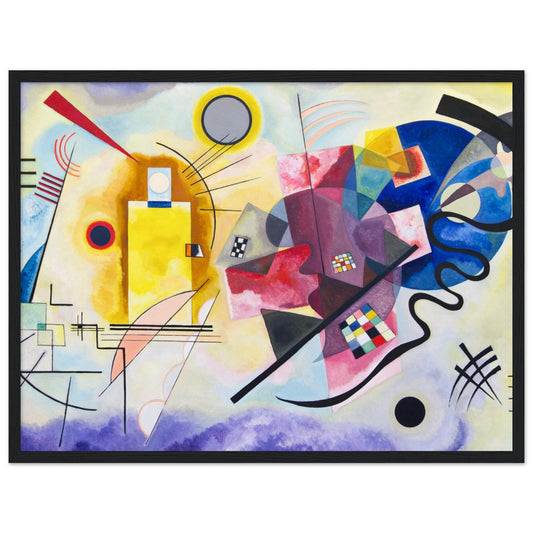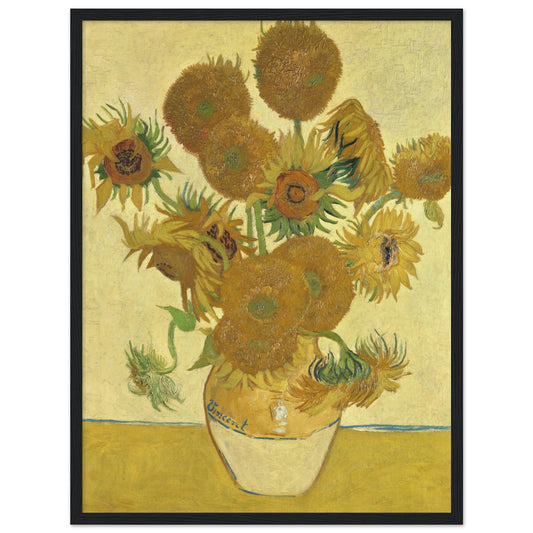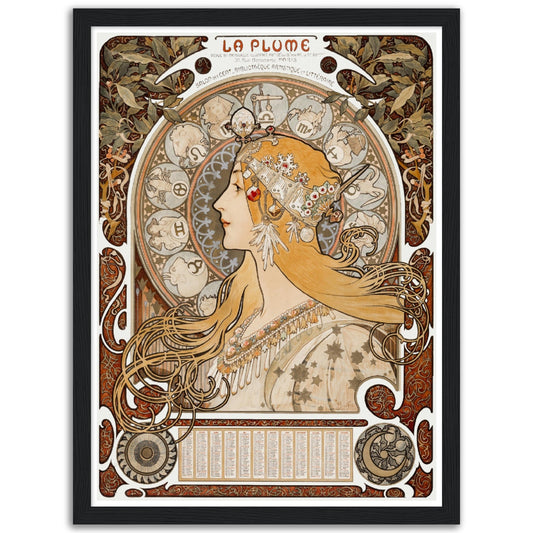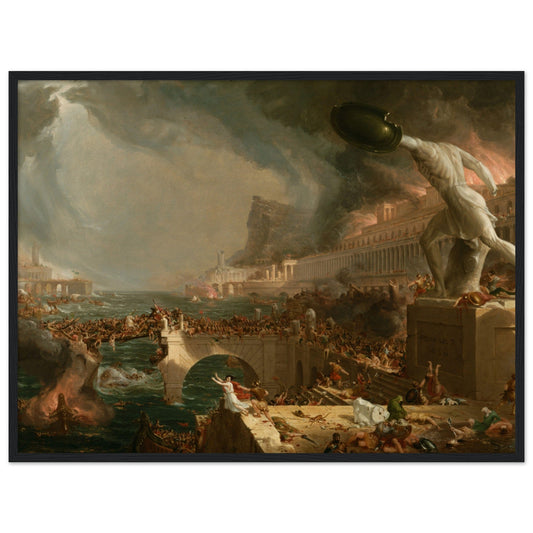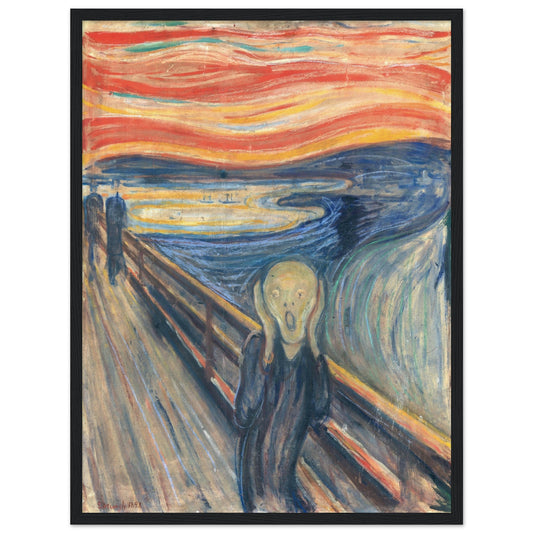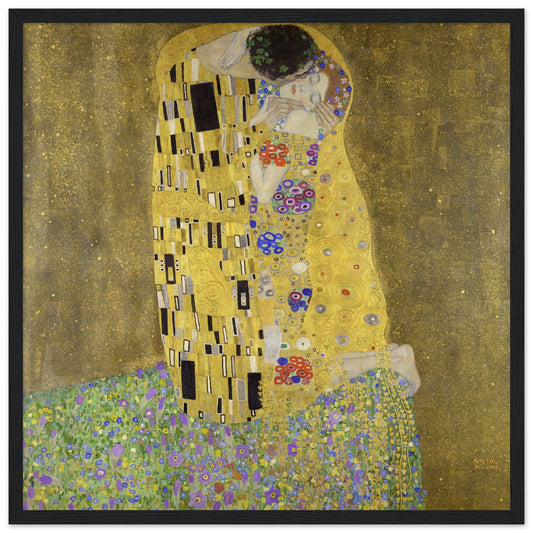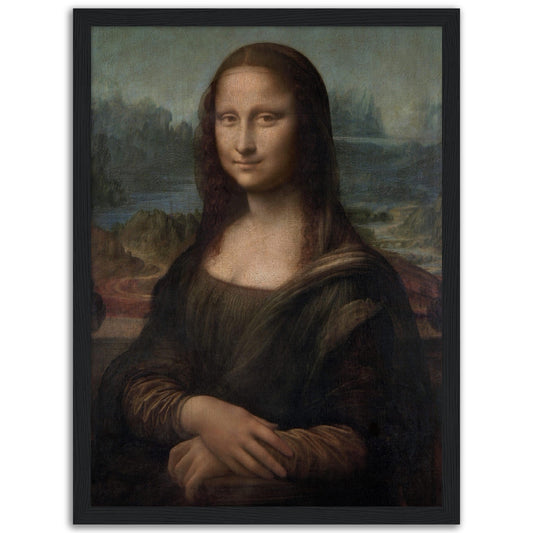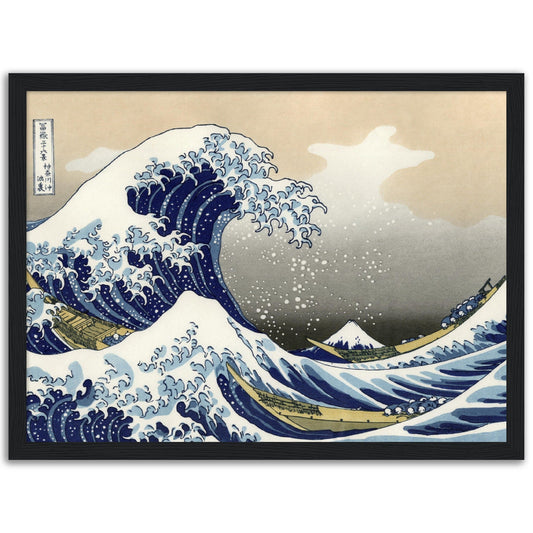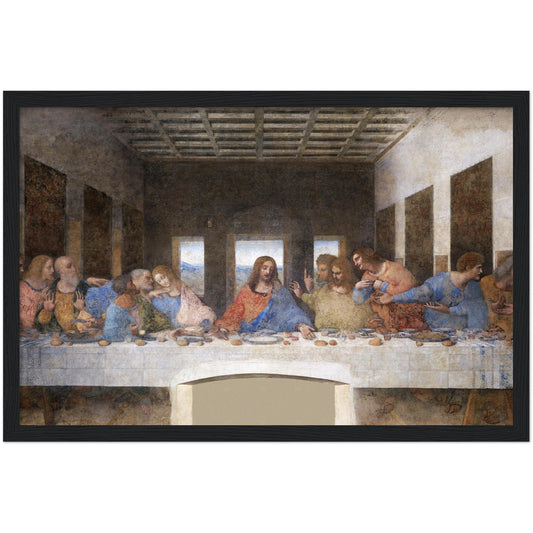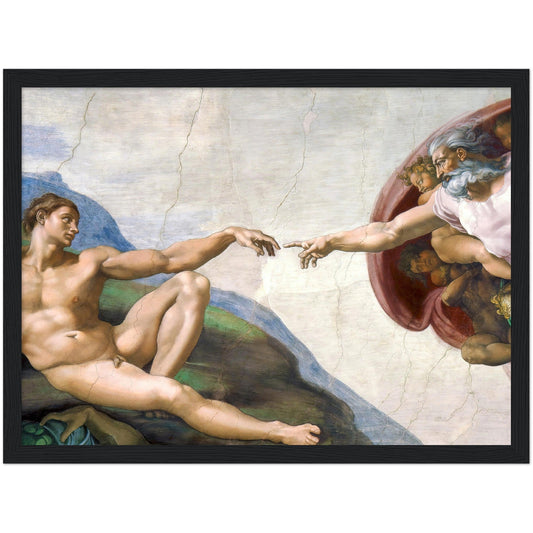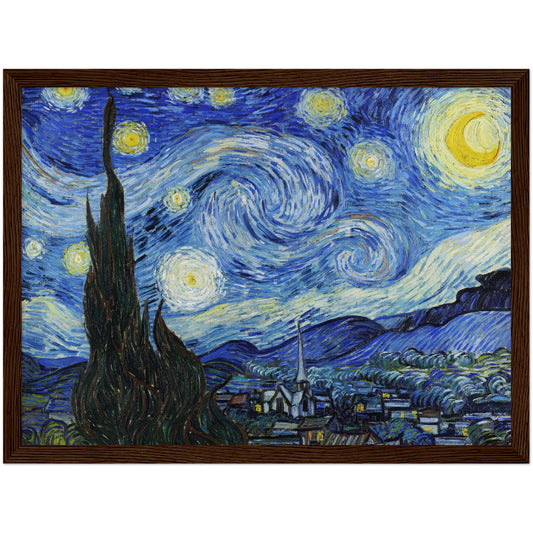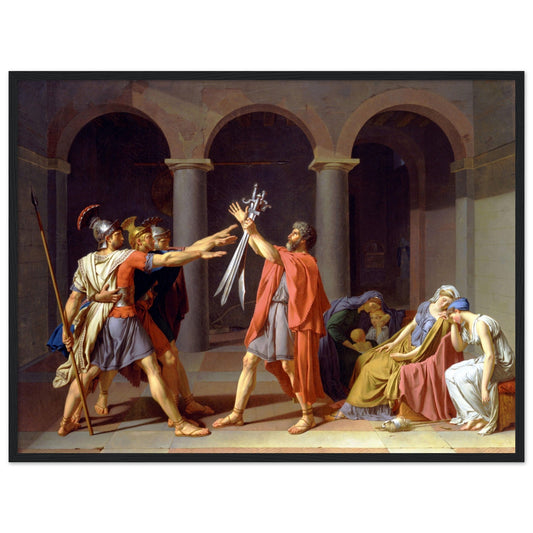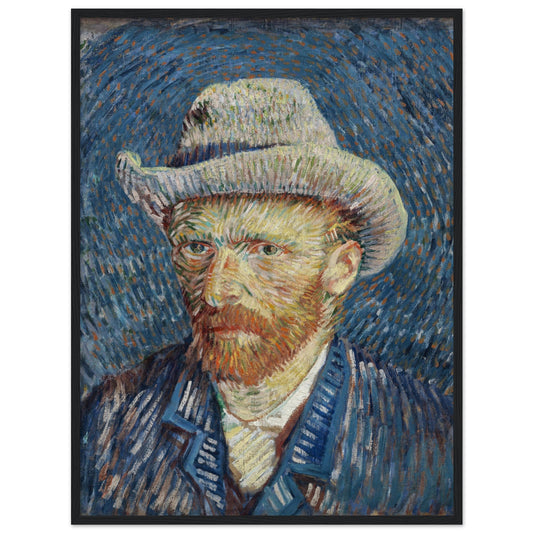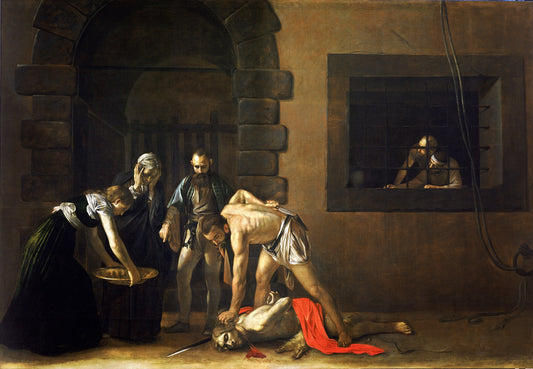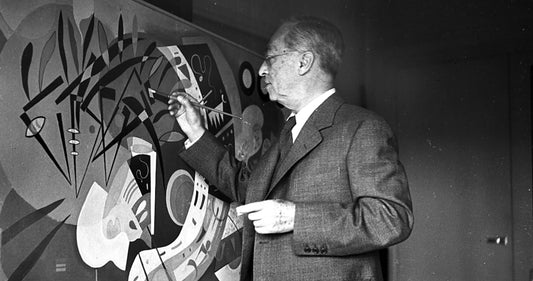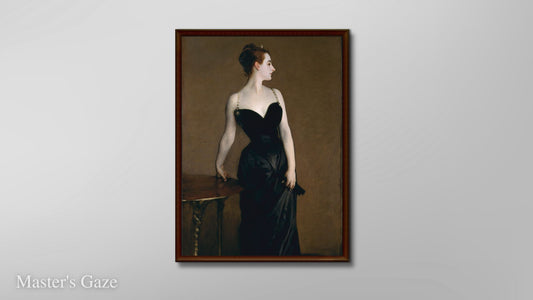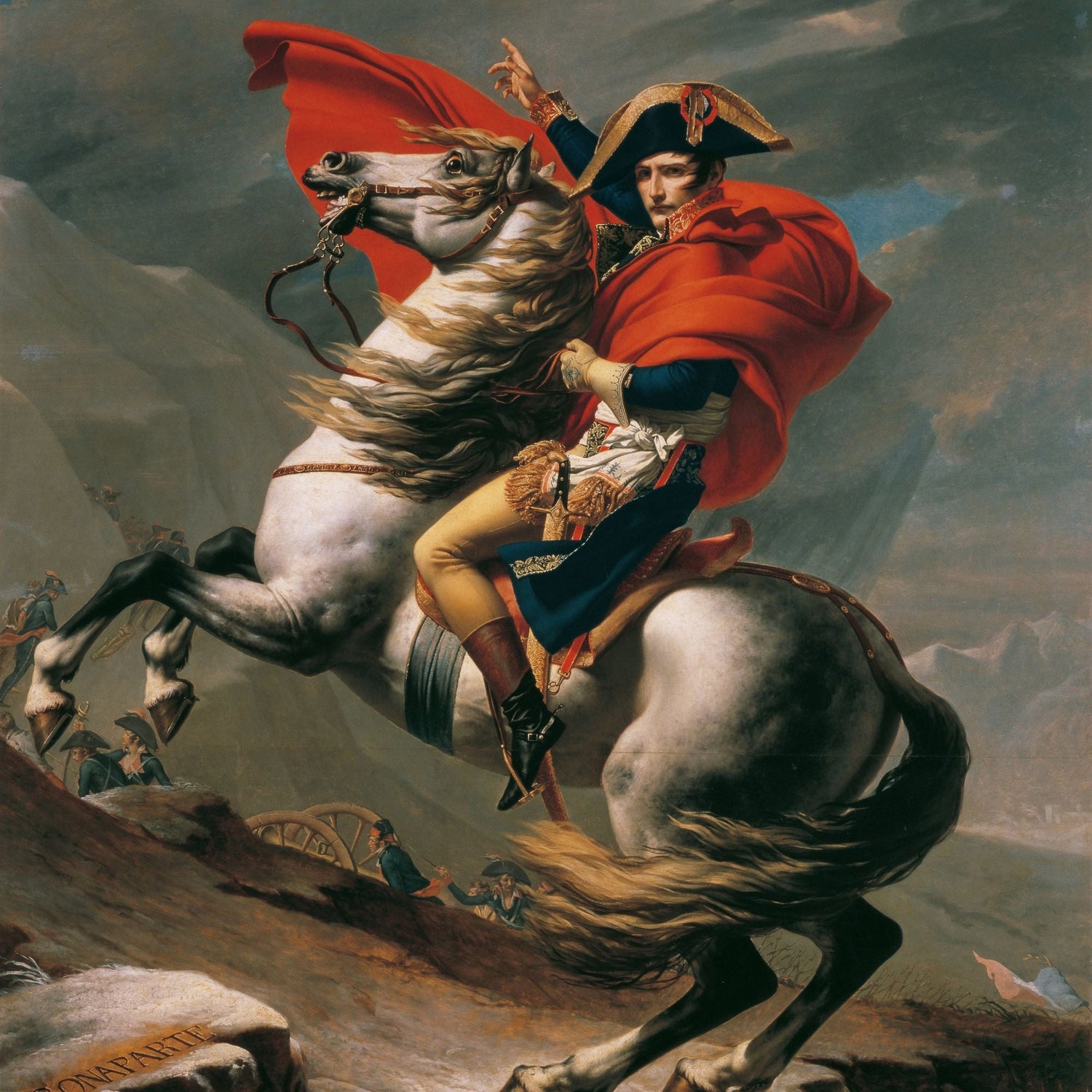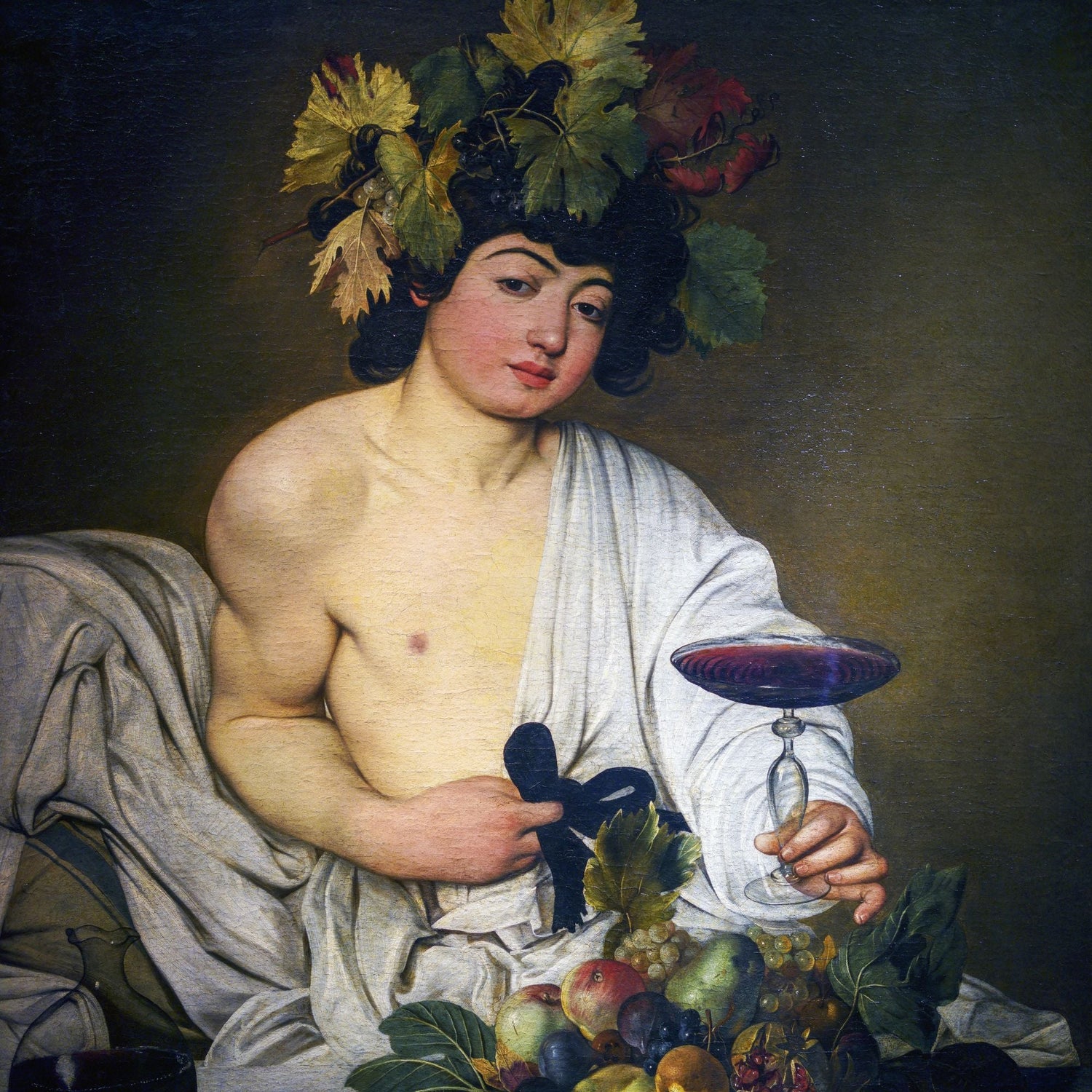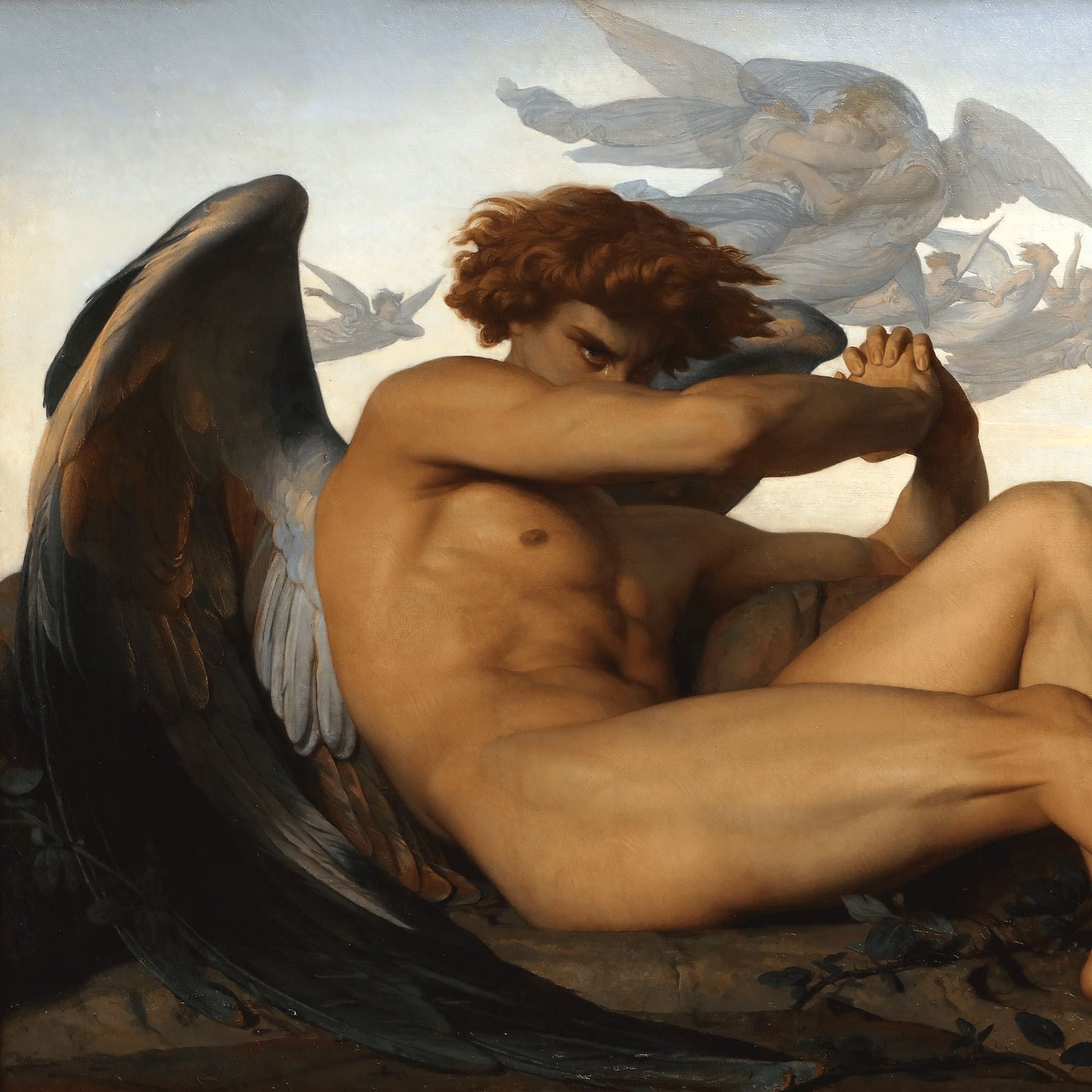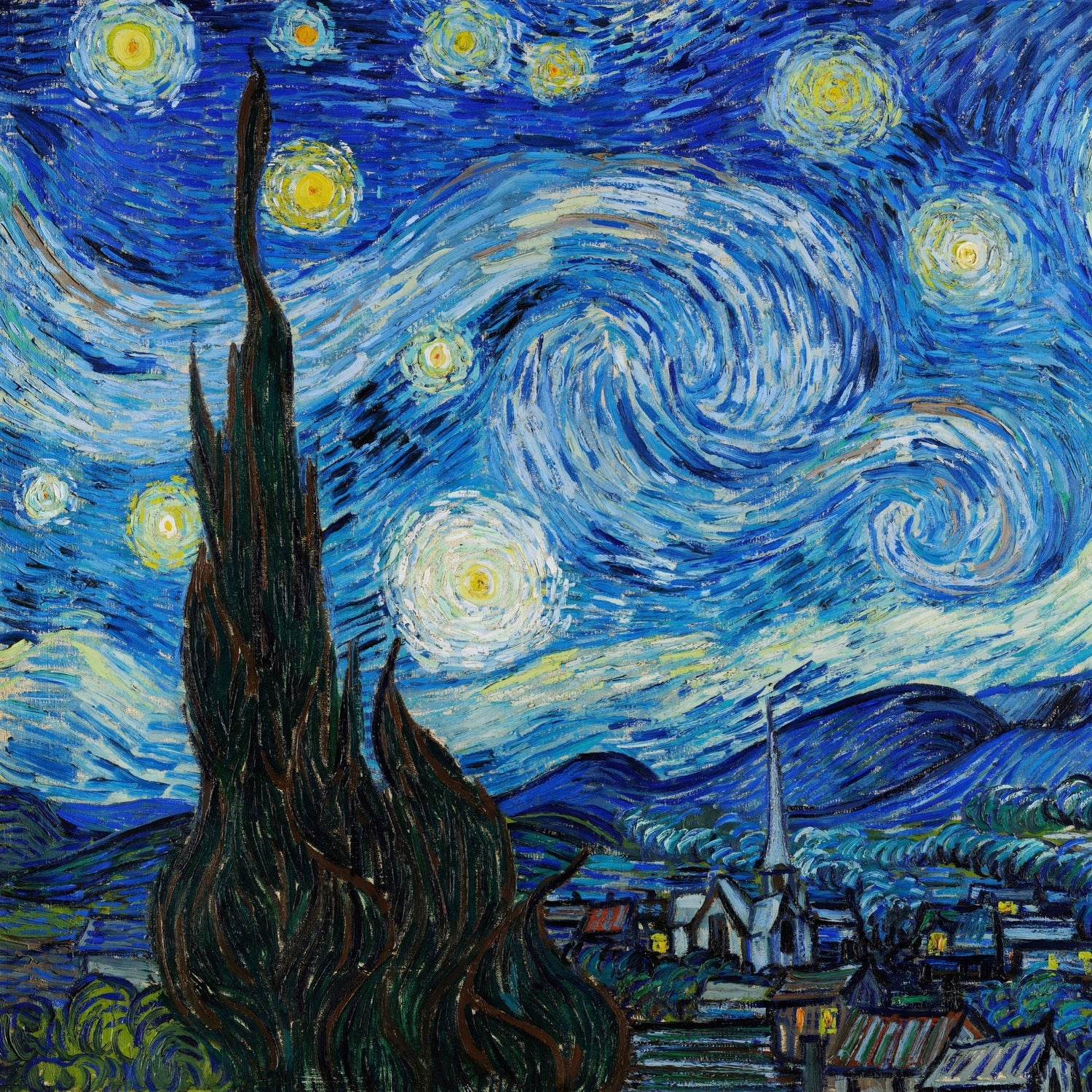The Last Judgment is a fresco created by Michelangelo for the Sistine Chapel. This work of monumental size is full of secret meanings: Why is Jesus represented without a beard? Who is this man with the skin in his hand? Who is represented in the figure of a demon with donkey ears? What did Michelangelo want to communicate with this fresco?
All these questions will be answered in this article.
If you want, you can check the video we made about this topic, by clicking this image:
Table of Content:
- Description
- Characters
- Religious Objection
- Revision
- Hidden symbols
- Interpretation
- The Geometry
Description
The Last Judgment is a fresco by the Italian Renaissance painter Michelangelo covering the whole altar wall of the Sistine Chapel in Vatican City. It is a depiction of the Second Coming of Christ and the final and eternal judgment by God of all humanity.
Where traditional compositions generally contrast an ordered, harmonious heavenly world above with the tumultuous events taking place in the earthly zone below, in Michelangelo's conception the arrangement and posing of the figures across the entire painting give an impression of agitation and excitement,[4] and even in the upper parts there is "a profound disturbance, tension and commotion" in the figures.[5] Some scholars interpret their "complex responses" as "those of giant powers here made powerless, bound by racking spiritual anxiety", as their role of intercessors with the deity had come to an end, and perhaps they regret some of the verdicts.[6] There is an impression that all the groups of figures are circling the central figure of Christ in a huge rotary movement.
Characters
At the center of the work is Christ, shown as the individual verdicts of the Last Judgment are pronounced; he looks down towards the damned. here the raised hand is part of a gesture of ostentatio vulnerum ("display of the wounds"), where the resurrected Christ reveals the wounds of his Crucifixion, which can be seen in Michelangelo's figure.[9]
To the left of Christ is his mother, Virgin Mary, who turns her head to look down towards the Saved, though her pose also suggests resignation. It appears that the moment has passed for her to exercise her traditional role of pleading on behalf of the dead;
Around the two central figures there is a first, crown of saints, patriarchs and apostles, made up of innumerable figures who are connected in a dense sequence of gestures. All the main figures participate actively and emotionally in the Judgment, with facial expressions and hand gestures, which show anguish, fear or upheaval before the fulfillment of humanity's destiny, involving the spectator to the immense catastrophe.
It is difficult to name all these figures, some scholars have tried to understand who they were, based on visible symbols. Among these we see that in the left portion: at the feet of Christ, are San Lawrence (with the grill), St Andrew, naked from behind with the cross in his hand, St John the Baptist, in a predominant position recognizable by his camel hair mantle, he is next to a boy who is difficult to identify and in front of a lying bearded old man, perhaps a patriarch. Saint Andrew turns to involve a woman, difficult to interpret, perhaps Rachel.
In the group on the right, St. Peter stands out, with the two keys of Paradise which are re-presented to its only owner because they will no longer be used to open and close the gates of heaven. Next to him the other figure must be Saint Paul, with a red cloth, while the naked young man closest to Jesus is indistinguishable, hypothetically an apostle, perhaps John the Evangelist. The kneeling figure behind Peter, his face protruding at thigh level, has been dubiously referred to as St. Mark.
The second crown is made up of martyrs, confessors of the Church, virgins and other blessed.
In the group on the left we see almost exclusively women, the virgins, the sibyls and the heroines of the Old Testament. The monumental woman in the foreground stands out with her breasts uncovered, who has a protective gesture towards another who approaches her, embracing her hips; they have been identified as the personification of the merciful Church and a devoted one. Among the numerous figures of this group, the identification proposals are scarce and difficult to document. Above all, a dynamic sense of the figures is captured, with some of the lower band being helped to ascend to the upper one, continuing that upward motion which, in the lower band, regards the blessed from this side. The faces are intensely characterized, while the gestures and attitudes show much greater excitement than the figures in the central crown.
The group on the right is made up of martyrs, confessors and other blesseds, with a preponderance of male figures. On the extreme right, a powerful man is shown, holding a cross helped by others. He has been identified as the Cyrenean who helped Christ on the way to Calvary, or as Dismas, the good thief.
Below him rises, kneeling and with one foot resting on a cloud, Saint Sebastian, holding the arrows of his martyrdom with his left arm stretched forward, while pointing to his chest with his right hand.
A little further to the left are two of the most controversial figures of the entire cycle: Saint Blaise, with the nailed combs with which he was martyred, and Saint Catherine of Alexandria, with the broken cogwheel.
At this same height, proceeding to the left, Saint Philip, with the cross, Simon Zelota, with the saw, and Longinus, seen from behind[18]. Higher up you can see a full-figured bearded old man walking along with a woman beside him: perhaps it is Adam and Eve, or Abraham with his wife[18]. The bearded man of which only the bust can be seen, on the far right, is perhaps Moses[18].
The band below can be divided into five parts: in the center the angels with trumpets and books announcing the end of time, the awakening of the dead, bottom left, the rise of the elect, top left, the expulsion of the damned, top right and hell bottom right.
Under the figure of Christ the judge we see eleven angels, without wings, announcing the end of time, awakening the dead with the trumpets of the Apocalypse and showing humanity the prophetic books of the Holy Scriptures that come true. Very well known are these figures of idealised beauty, rendered with extreme expressiveness especially those who play: in fact, their cheeks are swollen with breath and their eyes roll with fatigue.
To the left of it the resurrection of the bodies takes place in a wasteland; they come out of the tombs and recover their corporeality, in attitudes that well express a tiring awakening from the torpor of the abyss and return to consciousness. We see men emerging from the earth, others pushing up the rock slabs that cover the tomb, still, others coming out of crevasses, sometimes dressed, sometimes naked, sometimes in the middle of the transformation still composed of only the skeleton.
On the right some figures in flight form a connection with the upper area. We see in particular two bodies disputed between angels and devils coming out of the cave: one is picked up at the meeting and held by the legs by an angel, while a horned devil tries to snatch it down by pulling its hair;
On the left, in the group of the bearded man in front of a man with a covered head has been indicated as a self-portrait of Michelangelo and a profile of Dante.
The position of eerie cave inhabited by demonic presences is located right in the center, behind the altar. This choice has sometimes been explained as an anti-curial polemic, but perhaps it should be read as the manifestation of the devil and the Antichrist before the end of time.
The upper part is occupied by a group of the elect who ascend towards the ranks of saints. Some fly, others seem to be propelled or kidnapped by an uncontrollable force, still others are helped by angels and others blessed in various ways.
On the opposite side, the scene is balanced by the part of the damned who, fighting against their condemnation, are inexorably driven back to hell[31]. It is one of the most dynamic and violent points of the entire representation, with clusters of figures who are fighting now emerging in the foreground, hit by an incident light, now disappearing in the background in dim light. The angels beat with their fists, while the demons drag them towards the abyss by any means.
Isolated on the left is the group with a seated damned man who covers his face, while the devils drag him down. He is probably an emblem of despair
Finally, at the bottom right, there is the representation of Hell, against the background of a red sky of flames. On the left Charon together with the demons beats and forces the damned to get off his boat to lead them to the infernal judge Minos, with his body wrapped in the coils of the serpent. The reference to Hell from Dante's Divine Comedy is evident in this part. The brutality of demons, the tragedy of sinners, trigger a climax of intensity and violence.
Michelangelo dwelled on the torment, remorse, despair, fear and inner anguish of each damned person, frightened by a more psychic than physical annihilation.
Religious Objection
The Last Judgment became controversial as soon as it was seen, with disputes between critics in the Catholic Counter-Reformation and supporters of the genius of the artist and the style of the painting. Michelangelo was accused of being insensitive to proper decorum, in respect of nudity and other aspects of the work, and of pursuing artistic effect over following the scriptural description of the event.
Further objections related to failures to follow the scriptural references. The angels blowing trumpets are all in one group, whereas in the Book of Revelation they are sent to "the four corners of the earth". Christ is not seated on a throne, contrary to Scripture. Such draperies as Michelangelo painted are often shown as blown by wind, but it was claimed that all weather would cease on the Day of Judgment. The resurrected are in mixed condition, some skeletons but most appearing with their flesh intact.
Revision
Two decades after the fresco was completed, the final session of the Council of Trent in 1563 finally enacted a form of words that reflected the Counter-Reformation attitudes to art that had been growing in strength in the Church for some decades. The Council's decree (drafted at the last minute and generally very short and inexplicit) reads in part:
Every superstition shall be removed, ... all lasciviousness be avoided; in such wise that figures shall not be painted or adorned with a beauty exciting to lust, ... there be nothing seen that is disorderly, or that is unbecomingly or confusedly arranged, nothing that is profane, nothing indecorous, seeing that holiness becometh the house of God. And that these things may be the more faithfully observed, the holy Synod ordains, that no one be allowed to place, or cause to be placed, any unusual image, in any place, or church, howsoever exempted, except that image have been approved of by the bishop.[49]
Some action to meet the criticism and enact the council's decision had become inevitable, and the genitalia in the fresco were painted over with drapery by the Mannerist painter Daniele da Volterra, probably mostly after Michelangelo died in 1564. He also chiseled away and entirely repainted the larger part of Saint Catherine and the entire figure of Saint Blaise behind her. This was done because in the original version Saint Blaise had appeared to look at Catherine's naked behind, and because to some observers, the position of their bodies suggested sexual intercourse.[54] The repainted version shows Blaise looking away from Saint Catherine, upward towards Christ.
The fresco was restored along with the Sistine vault between 1980 and 1994 under the supervision of Fabrizio Mancinelli, the curator of post-classical collections of the Vatican Museums and Gianluigi Colalucci, head restorer at the Vatican laboratory.[78] During the course of the restoration, about half of the censorship of the "Fig-Leaf Campaign" was removed. Numerous pieces of buried details, caught under the smoke and grime of scores of years, were revealed after the restoration. It was discovered that the fresco of Biagio de Cesena as Minos with donkey ears was being bitten in the genitalia by a coiled snake.
Hidden symbols
In the figure of Minos Michelangelo portrayed the Pope's Master of Ceremonies, Biagio da Cesena, who, after observing the work in progress, was shocked by the naked and contorted bodies in the work, defining them suitable for thermal baths rather than the chapel pontifical. Michelangelo, who as we know did not like to practise portraiture, made an exception at the time by portraying him as an infernal judge, moreover with donkey ears and with a snake which, instead of helping him in the judgment of the damned, punishes him by biting his sexual organ .
This man is Saint Bartholomew, who was martyred after being skinned alive. Therefore, he's not only holding the knife used to flay him but his own flesh, too. It's widely believed that the face on the skin is actually a self-portrait of Michelangelo.
Bartolomeo's face, on the other hand, has been indicated as a possible portrait of Pietro Aretino, Michelangelo's sworn enemy.
The descending figures in "The Last Judgement" may correspond to the seven deadly sins, according to one school of thought: for example, the man in the center of the group upside down shows a bag with money and two keys hanging from his cloak, a symbol of greed and attachment to earthly goods until last, while the one on the right, a damned man with his head covered who is taken by the testicles, is a symbol of the sin of lust.
There were objections to the mixing of figures from pagan mythology into depictions of Christian subject matter. Besides the figures of Charon and Minos and wingless angels, the very classicized Christ was suspect: beardless Christs had in fact only finally disappeared from Christian art four centuries earlier, but Michelangelo's figure is unmistakably Apollonian.
Other existing artworks had to be demolished to make way for "The Last Judgement," including "The Assumption of Mary" by Renaissance artist Pietro Perugino and two of Michelangelo's own earlier works, the "Ancestors of Christ" lunettes. Portions of Perugino's Moses and "Adoration of the Kings" cycles were also covered by the fresco.
Interpretation
The work is rather a transposition on a universal level of the artist's personal doubts and torments in the face of the terrible crisis of Christianity that was undermining the roots and assumptions of Renaissance art.
From the traditional iconographic scheme, based on an ordered unfolding of the Judgment, without hesitation or doubt, Michelangelo passed to a system based on the chaos, the instability and the agonising uncertainty of a huge and overwhelming catastrophe, which still causes discomfort today and all the more he had to provoke it in the eyes of shocked contemporaries. The violent impact of the work in a certain sense justifies and makes it more understandable the exasperated attacks it suffered, but also the numerous attempts to give it unilateral interpretations and readings, which would bring it back to an orderly and rational scheme, which does not belong to it [ 13].
For some scholars, the deepest meaning of the image is «the vision of the shipwreck of a sorrowful humanity which, after the collapse of the last intellectual and moral shelters, has no choice but to await with trepidation the fulfillment of the promise of the "resurrection of the just" [ 13]». The human storm and the chaos of the painting lend themselves well to representing the tormented religiosity of those years, characterized by contrasts, both of a theological and political nature, between Catholics and Protestants and Michelangelo's solution does not hide the sense of profound anguish towards of the last sentence.
The Geometry
Arranging heaven and earth with geometric shapes comes from the medieval tradition of a geometer god, Michelangelo created this fresco working in two and three dimensions.
The fresco has a three-dimensionality, demonstrated by a stack of ellipses, but also a 2-dimensional design, with a series of concentric circles, just like Dante imagined heaven.
From the center of St. John the baptist and St, Peter, we can draw two circles. From the intersection of these, there is Christ contained in the Mandorla.
If we draw another circle, we can see that the angels with trumpets are also contained in this balanced form.
In doing so, it is as if Michelangelo had traced some gears, with which to make The Last Judment work.
Also, the angels are arranged on a triangular base pointing upwards at Christ. But if we pay even more attention, we see that another downward-facing triangle can be formed, which interlocks. The angels are positioned in the center, between the saved and those who will fall into hell, making the composition as if there were a balance.


